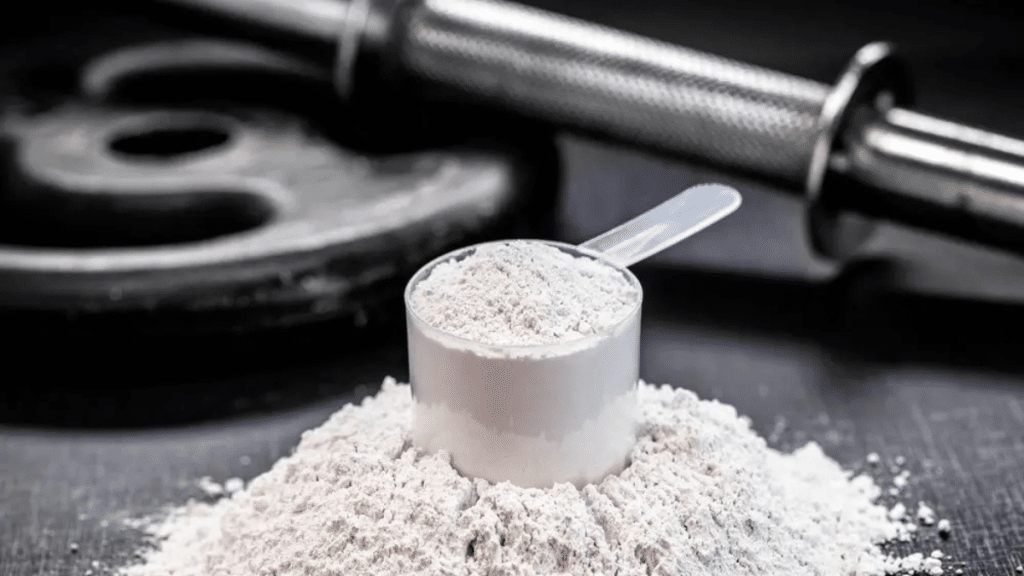Creatine has long been a go-to supplement for athletes, bodybuilders, and fitness enthusiasts aiming to increase muscle strength, power, and performance. In recent years, however, there’s been a noticeable shift from traditional creatine monohydrate to something more complex: creatine blends. These combinations often include multiple forms of creatine alongside other performance-enhancing ingredients such as beta-alanine, BCAAs, electrolytes, or caffeine. But are these blends actually safe? And what should you know before you start taking one?
Understanding Creatine and Its Blended Variants
Creatine is a naturally occurring compound in the body, primarily stored in muscle cells where it helps regenerate ATP, your muscles’ main energy source during short bursts of intense activity. While creatine monohydrate remains the most studied and trusted form, manufacturers have developed blended products designed to target multiple aspects of fitness and recovery. These include forms like creatine hydrochloride, creatine ethyl ester, buffered creatine, and more.
A creatine blend supplement typically combines several of these types, along with added ingredients intended to enhance effectiveness, absorption, or complementary benefits. While the idea is to offer a more “complete” product, that doesn’t always mean better—or safer.
Are Creatine Blends Safe?
In general, creatine itself is considered safe for most healthy individuals when used as directed. Thousands of studies support its use, particularly creatine monohydrate, for both performance and cognitive benefits. However, with creatine blends, the answer becomes a bit more nuanced.
Because blends include multiple ingredients, the safety of each component needs to be evaluated, not just the creatine. For instance:
- Caffeine, commonly included for its stimulant effects, can cause jitteriness, insomnia, or elevated heart rate, especially in those sensitive to it.
- Beta-alanine may cause tingling sensations (paresthesia), which some users find uncomfortable.
- Artificial sweeteners or dyes, found in flavored powders, can sometimes cause digestive upset or allergic reactions in sensitive individuals.
The concern with blends often lies in the dosing and transparency. Not all supplement companies clearly label the exact amounts of each ingredient. “Proprietary blends” may hide how much creatine or supporting components you’re actually getting, which can lead to underdosing (and wasted money) or overdosing (and unwanted side effects).
What You Should Consider Before Starting
Before adding any creatine blend to your routine, ask yourself the following:
- What’s your goal?
If you’re aiming purely for strength or muscle gains, a basic creatine monohydrate might be more effective and affordable. If you want added endurance or cognitive focus, a blend with other ingredients might make more sense—provided you know what’s in it. - Do you have sensitivities?
If you’re sensitive to caffeine, stimulants, or artificial additives, be cautious. Look for blends that are stimulant-free or use natural ingredients. - Is the brand reputable?
Always go with companies that use third-party testing, transparent labeling, and positive customer feedback. This ensures you’re getting what the label promises without harmful contaminants. - Do you need all the extras?
More isn’t always better. Some blends include multiple ingredients that don’t necessarily work better together and may only increase the risk of side effects.
Final Thoughts
Creatine supplements can offer convenience and added benefits beyond what a single ingredient provides, but they also come with more complexity. While generally safe when sourced from reputable companies and used as directed, it’s crucial to pay attention to what’s actually in the product.
Ultimately, if you’re new to supplementation or have any underlying health conditions, consult with a healthcare professional before starting a creatine blend. For many people, a straightforward, well-researched creatine monohydrate may still be the best—and safest—starting point.
